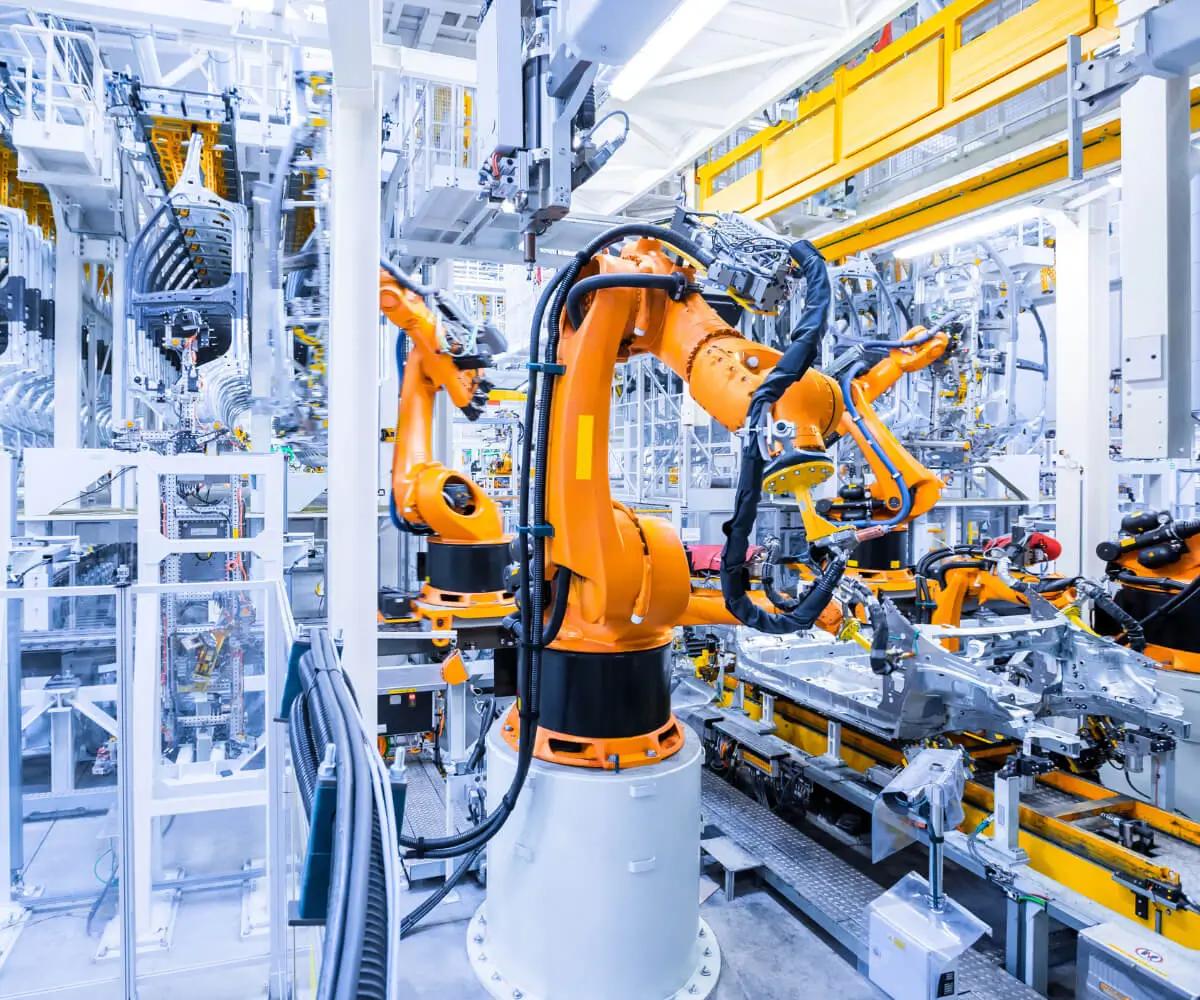Certainly! Here’s the first part of a compelling, informative article centered around "gear to reducer motor wheel." I will provide the complete content in two parts as requested.

part 1:
Unleashing Power and Precision: The Integral Role of Gear to Reducer Motor Wheels in Modern Machinery
In the vast world of mechanical engineering, few components are as crucial — yet often overlooked — as the gear to reducer motor wheel. These engineering marvels are the heartbeat behind countless machines, from conveyor belts in manufacturing plants to robotics, and even in wind turbines harnessing nature’s power. Their design, function, and application are essential for transforming raw motor energy into controlled, efficient motion that keeps industries running smoothly.
What is a Gear to Reducer Motor Wheel?
At face value, it sounds straightforward: a motor wheel connected through gears to a reducer. But peel back the layers, and you see a finely tuned system designed to modify speed, torque, and force to match specific operational needs. Essentially, this setup involves a motor-driven wheel—a rotating component powered by an electric or combustion engine—whose movement is tempered and refined by a gear reducer.
Imagine a small motor propelling a large wheel. Without regulation, the motor’s high speed and modest torque could falter under load or cause damage to connected systems. The gear reducer acts as an intermediary, adjusting the motor’s output to generate optimal force and control. It’s like turning a sprint into a walk, where the power remains, but the pace and precision are finely tuned.
The Anatomy of a Gear to Reducer Motor Wheel System
To understand how this arrangement functions, consider its basic components:
Motor: The source of rotational energy, which can be electric, hydraulic, or pneumatic. Gear to Reducer: A combination of gears—spiral, helical, planetary—that decreases rotational speed while multiplying torque. Gear Reducer (Gearbox): A sophisticated mechanical assembly that reduces the high-speed rotation of the motor to a slower, more manageable speed while increasing torque. Wheel (or Rotating Element): The component that transfers motion to the load or process.
When these parts harmonize, the motor’s raw power is effectively transformed into a controlled, high-torque drive capable of moving heavy machinery with precision. The gear reducer ensures the motor operates within safe parameters, prolonging lifespan and reducing energy consumption.
Why Use Gear to Reducer Motor Wheels?
The advantages of integrating gear to reducer motor wheels are numerous, and their adoption across industries underscores their significance.
Efficiency: By optimizing torque and speed, machinery can operate more economically, reducing energy costs. Precision Control: Facilitates accurate positioning and speed regulation, critical in robotics and manufacturing. Load Handling: Capable of transmitting substantial forces, making them suitable for heavy-duty applications. Flexibility: Different gear ratios can be selected or customized according to application needs. Durability and Reliability: Robust construction ensures long service life, especially important in industrial environments.
Applications in Industry
From conveyor systems scooting items along assembly lines to robotic arms performing delicate tasks, the gear to reducer motor wheel setup is indispensable. Here are some prominent examples:
Automotive Manufacturing: Powering conveyor belts, robotic welders, and assembly robots. Agricultural Equipment: Controlling movement in plowing, planting, and harvesting machinery. Material Handling: Elevators, cranes, and hoists rely on gear-driven motors for safe operation. Renewable Energy: Wind turbines utilize gearboxes to translate blade rotation into usable energy.
Design Considerations for Gear to Reducer Motor Wheels
The design process involves balancing several factors:
Gear Ratio: Determines how much the output speed is reduced and torque increased. Material Selection: High-strength steels, composites, or plastics depending on load and environment. Lubrication: Critical for reducing wear and preventing overheating. Size and Weight: Must align with the machine’s overall design for optimal performance. Efficiency: Minimize energy losses through high-quality gear design and precise manufacturing.
In the next section, we'll delve deeper into the types of gear reducers, innovations in gear to reducer motor wheel systems, and how to select the best components for your specific application.
Established in 2005, Kpower has been dedicated to a professional compact motion unit manufacturer, headquartered in Dongguan, Guangdong Province, China.




































